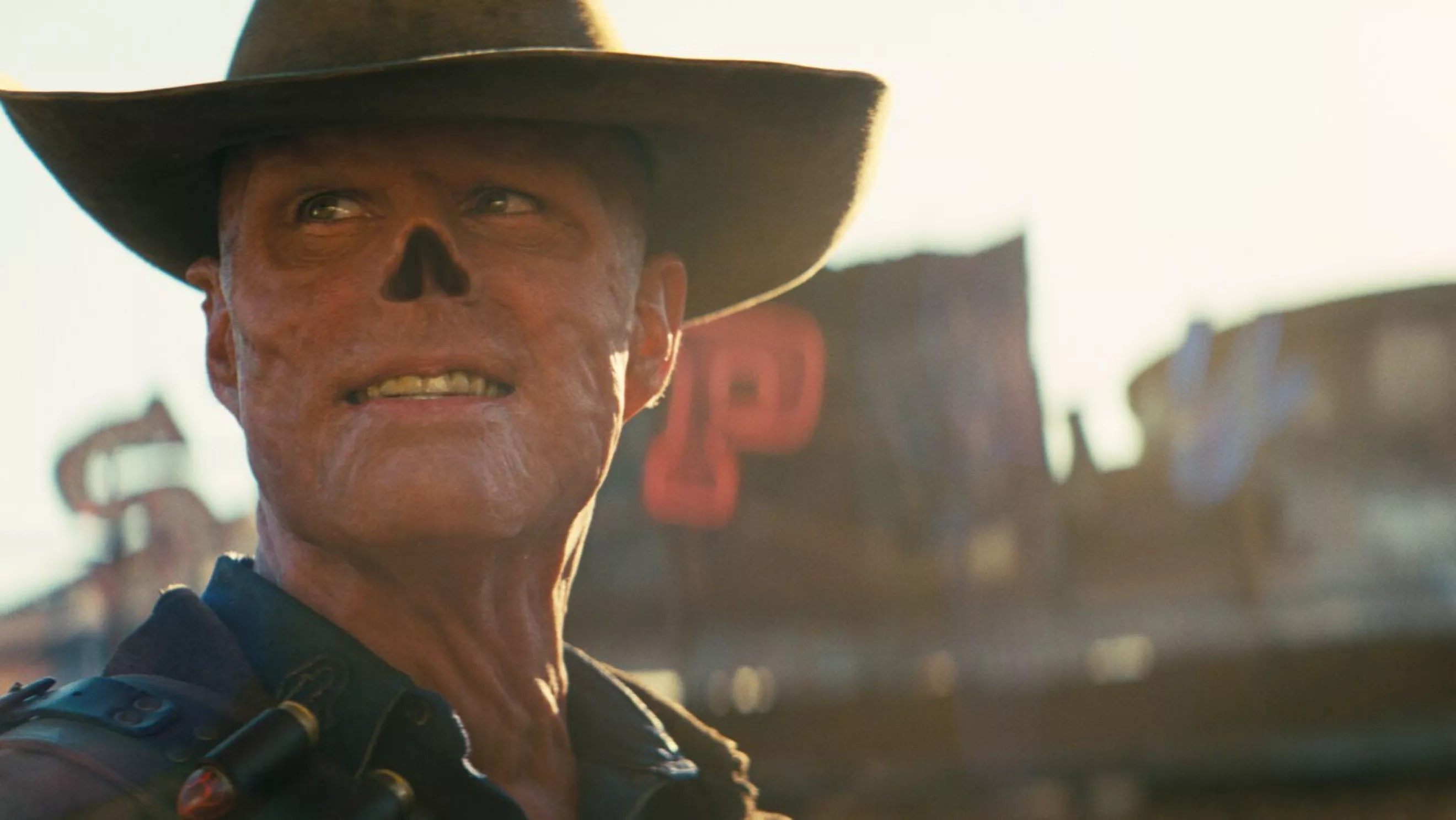How 'Doom' Inspired the First-Person-Shooter Game 20 Years Ago
Happy 20th birthday to 'Doom,' the game that influenced just about every first-person shooter since. Here are just 10 of them.
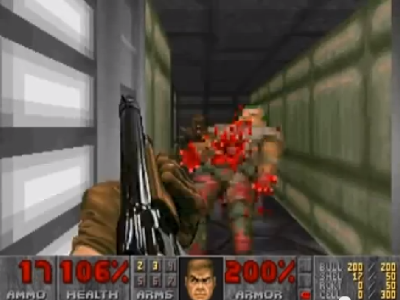
Twenty years ago this week, a studio called id Software released a first-person shooter game featuring a space marine who must shoot his way through a demon-infested Mars base. The game was called "Doom," and everything from its blocky 8-bit graphics to its frenzied premise might seem ridiculous to modern viewers, but the game's impact on modern first-person shooters — and modern video games in general — cannot be overstated. Here are 10 games that just wouldn't exist if "Doom" hadn't paved the way.
1. "Marathon" (1994)
"Doom" is considered the first game to employ networked multiplayer, but "Marathon," released a year later by developer Bungie Software for the Macintosh computer, was the first to do it well. "Marathon" incorporated many of the features pioneered in "Doom," such as cutting-edge (at the time) graphics, while adding some new features of its own, such as letting players look up or down by moving the mouse. After cutting its teeth on the "Marathon" trilogy, Bungie would later become famous for its "Halo" video games.
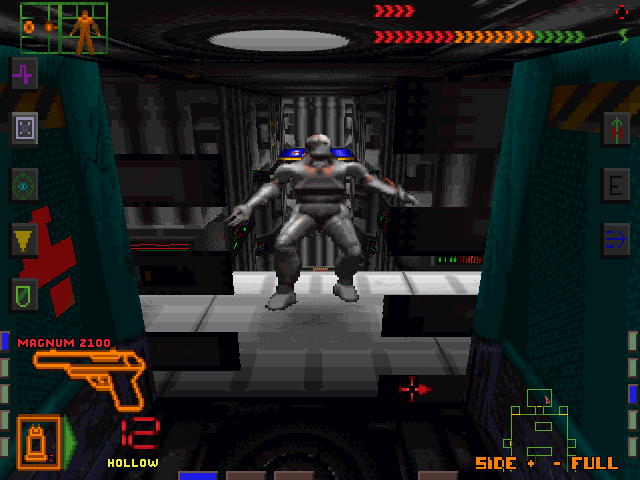
2. "System Shock" (1994)
Developed by Looking Glass Studios for Microsoft DOS and the Macintosh operating system, "System Shock" is a first-person shooter set aboard a space station in which players have to contend with a malevolent A.I. called SHODAN. While developing the sequel, "System Shock 2," an offshoot of Looking Glass Studios became Irrational Games, the company that went on to release "BioShock" and "BioShock Infinite."
3. Mod culture
This one isn't a game, but fan-made and fan-distributed "mods," or modifications, are an important trend in the gaming world that owe a huge debt to "Doom." The lead programmer of "Doom," John Carmack, designed the game in such a way that it was easy to edit or swap out entire files or sections of code, letting people create new levels, characters and environments.
In 1997 Carmack made the game's entire source code public under a GNU (General Public License), making it even easier for amateur and aspiring game designers to modify the game and create entirely new games.
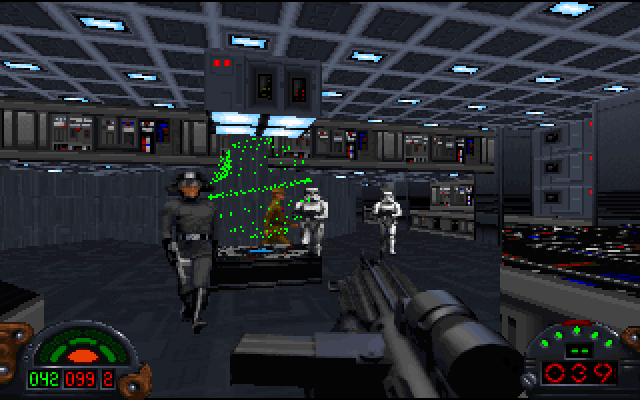
4. "Star Wars: Dark Forces" (1995)
With all the fan-made "Star Wars"-themed "Doom" mods popping up in the '90s, it was only a matter of time before LucasArts made an official "Star Wars" first-person shooter. That game was "Star Wars: Dark Forces," and it marks the first appearance of mercenary-turned-Jedi Knight Kyle Katarn, who has since appeared in a number of "Star Wars" video games and novels.
5. "Duke Nukem 3D" (1996)
First released for the MS-DOS by developer 3D Realms, "Duke Nukem 3D" was to "Doom" what today's "Saints' Row" is to "Grand Theft Auto": a spoof of the violence and machismo of the increasingly popular first-person shooter genre. Today, "Duke Nukem 3D" is remembered as one of the games that helped popularize the first-person shooter genre.
Sign up to get the BEST of Tom's Guide direct to your inbox.
Get instant access to breaking news, the hottest reviews, great deals and helpful tips.
MORE: Is 'Half-Life 3' the New 'Duke Nukem Forever'?
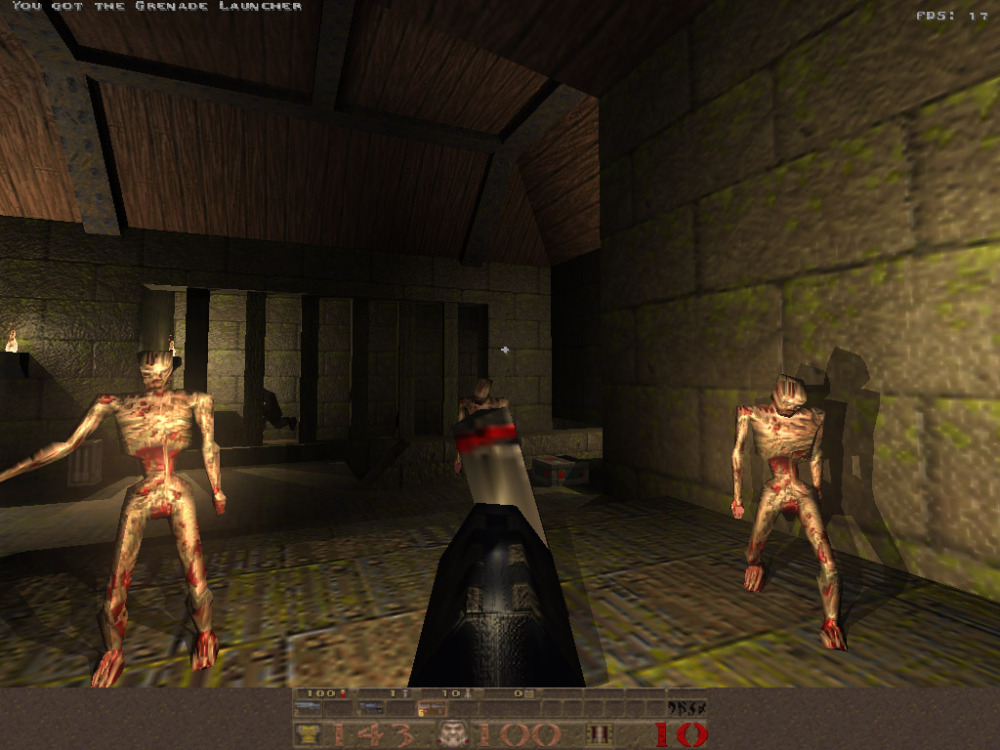
6. "Quake" (1996)
After making "Doom," id Software released "Quake," a first-person shooter that took everything fans loved about "Doom" and made it better. The game's underlying framework, called the Quake Engine, featured improved 3D graphics and a more robust physics engine. The original "Team Fortress" released in 1999 by Valve Corporation is just one of the games made using the Quake Engine.
7. "The Elder Scrolls II: Daggerfall" (1996)
After the first "Elder Scrolls" game, "Arena," was released to a mixed reception in 1994, small studio Bethesda Softworks returned to the drawing board with "Daggerfall," a game that combined role-playing game elements with the increasingly popular first-person genre.
MORE: PS4 vs Xbox One: Which Console Wins?
Like "Doom," "Daggerfall" has all the creepy first-person monster killing a gamer could want, but "Daggerfall" also contextualizes its action in the sprawling fantasy world of Tamriel, which would itself inspire the open-world games of the late 1990s and 2000s.
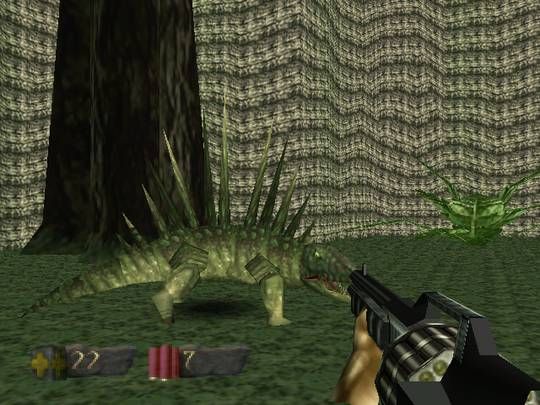
8. "Turok: Dinosaur Hunter" (1997)
Pretty much any non-military first-person shooter with a totally wackadoodle plot is an homage to the Martian demon-killing space marines of "Doom." Of these games, one of the most well-known and long-lived is "Turok: Dinosaur Hunter" for the Nintendo 64 and Microsoft Windows, whose main appeal involves playing as a dinosaur-killing space marine.
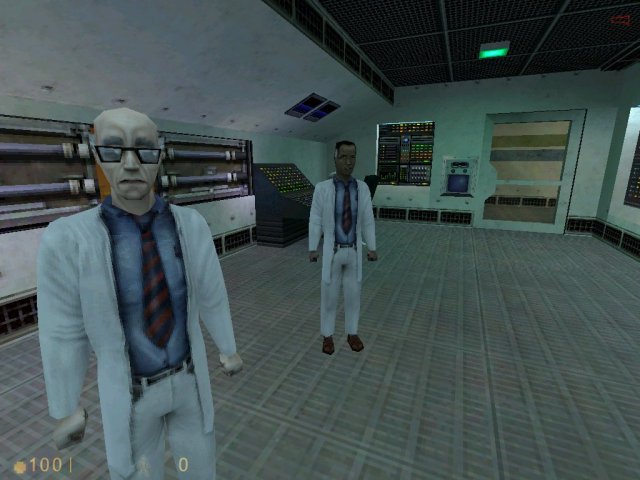
9. "Half-Life" (1998)
Crazy as it may sound, the insane plot of "Doom" helped inspire what may consider one of the best examples of story in video games to date. "Half-Life" by Valve Corporation is a first-person shooter made using a heavily modified version of the game engine from "Quake," "Doom's" younger, shinier sibling. Combining first-person perspective with puzzles and a seamless narrative that used ambient dialogue instead of cutscenes, "Half-Life" proved that first-person shooters can be smart as well as fun.
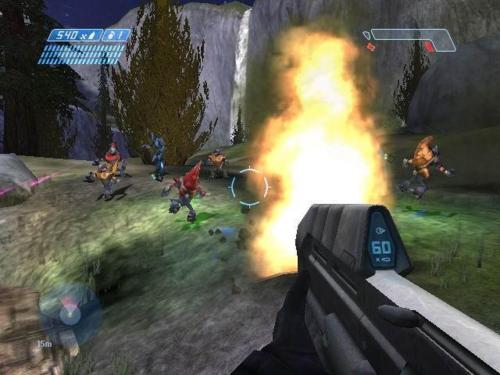
10. "Halo: Combat Evolved" (2001)
The legacy of "Doom" is evident in Bungie's "Halo: Combat Evolved" for the original Xbox, from its fast-paced combat to its space marine protagonist. But "Halo" took the "Doom" model and changed it in a key way that became a turning point for the first-person genre. In "Doom" and its offshoots, players had a set amount of "health" points, meaning any given part of a level could be either very hard or very easy depending on how much health they had left. By giving players regenerating health instead, "Halo: Combat Evolved" was able to create consistent difficulty across its levels, which made the genre more accessible and opened up whole new avenues for level design and pacing.
Email jscharr@techmedianetwork.com or follow her @JillScharr and Google+. Follow us @TomsGuide, on Facebook and on Google+.
Jill Scharr is a creative writer and narrative designer in the videogame industry. She's currently Project Lead Writer at the games studio Harebrained Schemes, and has also worked at Bungie. Prior to that she worked as a Staff Writer for Tom's Guide, covering video games, online security, 3D printing and tech innovation among many subjects.
-
HideOut and no mention of return to castle wolfenstien? It was the first of the PC shooters or essentially. Epic failReply -
Jill Scharr Hi, I'm the writer of the piece. "Wolfenstein 3D" came out in 1992, before "Doom" in 1993. This article is about "Doom," not "Wolfenstein 3D" because it's the 20 year anniversary of "Doom" coming out. And I don't think "Return to Castle Wolfenstein" was as influential as these other games. I chose games that were influenced by "Doom" and in turn influenced other games, or games that were representative of trends that "Doom" engendered, such as "Turok."Reply -
d_kuhn Wolf wasn't multiplayer... maybe that's why they didn't mention it. Also... how is it that "Marathon" did multiplayer better than Doom. As someone who spent countless hours playing Doom multiplayer (played during lunch hour with a bunch of other guys in the office) I never had any problems with it's MP capabilities - and with it's mod-ability Doom and Doom2 were easily the best MP fps's of their era... only being surpassed when Quake and those geniuses at Threewave came on the scene.Reply -
DarkZenith Ok, just to clarify one detail. The original Team Fortress mod came out in 1997 and was NOT part of valve until a couple years later. Please check your facts before writing...Reply -
BryndonB Irregardless of it being the 20th anniversary of Doom, you cannot say that Doom inspired the 1st person shooter genre and leave out Wolfenstein.Reply
And what's with featuring a couple of Mac titles that hardly anyone knows or cares about while ignoring Unreal?! -
husker The point isn't about what was technically first, but what grabbed the attention and created the mainstream movement. Doom was huge in its day.Reply
